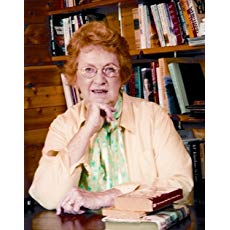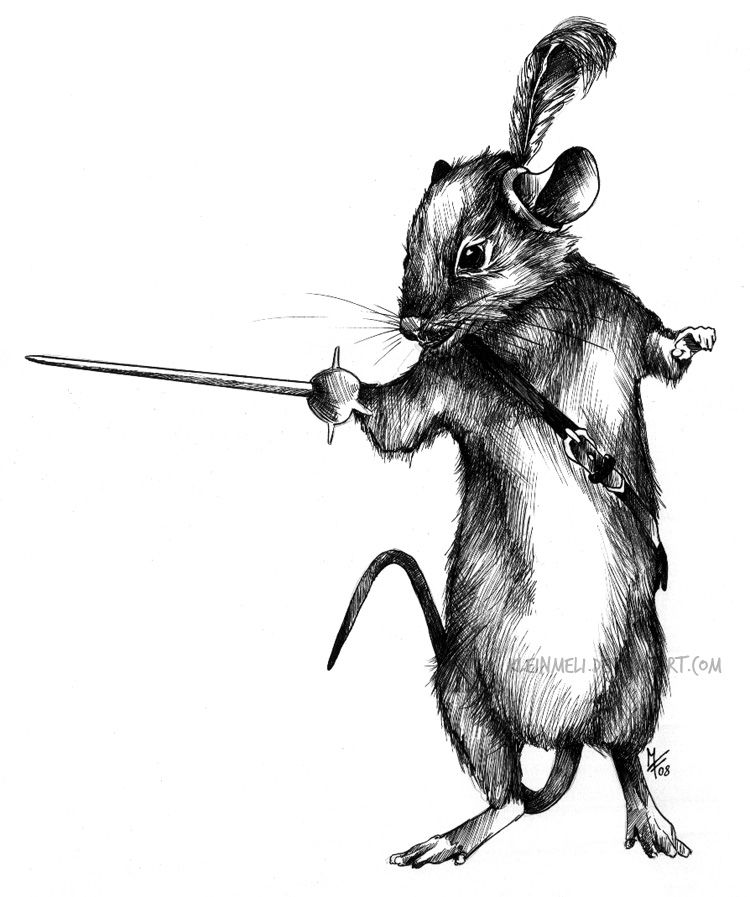Editor’s Note: Continuing this month’s Honey for a Child’s Heart Read-Along, we’re thinking further about value of literary fantasy.
A Metaphor Says This is Like That
Originally published on the Tumblon website, May 26, 2009

The fact that Stuart Little is a mouse rather than a boy is not a problem for children. They love him for his essence, his integrity and fortitude. When we say that Stuart is “just best kind of mouse” we are not talking about his clothes or his grades. Jane Stephens, a teacher of English at UNC.
A mother called in on a talk show, when I was discussing children’s literature, to tell me that she had made a commitment never to tell her children anything that was not true. Therefore she would not read stories to her children in which animals talked, acted or dressed like humans—because animals did not do that. She wanted her children to trust her. What kind of stories would she find that met her qualifications?

I could scarcely believe my ears! I immediately thought of Peter Rabbit and his blue coat with shiny buttons, caught in a vine in Farmer MacGregor’s garden, of the courageous mouse Reepicheep sailing on the Dawn Treader in the Narnia Chronicles and a hundred other favorite stories. These stories said true things; they simply used the imagination in telling them. How sad to have children miss these stories based on a mother’s so-called commitment to “truth!”
It is not just in fantasies or children’s stories that we confront this issue. Metaphors make our everyday world colorful and understandable. Are metaphors lies? When Jesus tells his disciples, “You are the salt of the earth,” is that true? The language of the Bible is rich in metaphors: trees of the woods clap their hands for joy, and morning stars sing together. Are these lies or metaphors that help us feel joy?
Some people are afraid of imagination. Fantasy is necessarily bad. Yet Albert Einstein said that the gift of fantasy meant more to him than his talent for absorbing positive knowledge, because without imagination there would be no new hypotheses, inventions or experiments. Imagination helps us make connections between the visible and the invisible. It helps us understand the scheme of things.
Good books are rich in imaginative descriptions. By all means encourage your child’s imagination. Television leaves little room for imagination and children who spend hours and hours watching it suffer from diminished imaginations. That’s why we almost always say about a film, “The book is better!” It uses language that helps us imagine and see.
I love a description Patricia MacLachlan uses that makes me see what she writes about: The prairie reached out and touched the places where the sky came down. Is that true? Yes, I’ve seen it look like that. That’s what language can do.
© Gladys M. Hunt 2008-10, reissued in 2022 with minor adjustments with permission of the Executor of the Literary Estate of Gladys M. Hunt (4194 Hilton SE, Lowell, MI 49331). Used by permission. All rights reserved.
Support our writers and help keep Redeemed Reader ad-free by joining the Redeemed Reader Fellowship.
Stay Up to Date!
Get the information you need to make wise choices about books for your children and teens.
Our weekly newsletter includes our latest reviews, related links from around the web, a featured book list, book trivia, and more. We never sell your information. You may unsubscribe at any time.
We'd love to hear from you!
Our comments are now limited to our members (both Silver and Golden Key). Members, you just need to log in with your normal log-in credentials!
Not a member yet? You can join the Silver Key ($2.99/month) for a free 2-week trial. Cancel at any time. Find out more about membership here.

